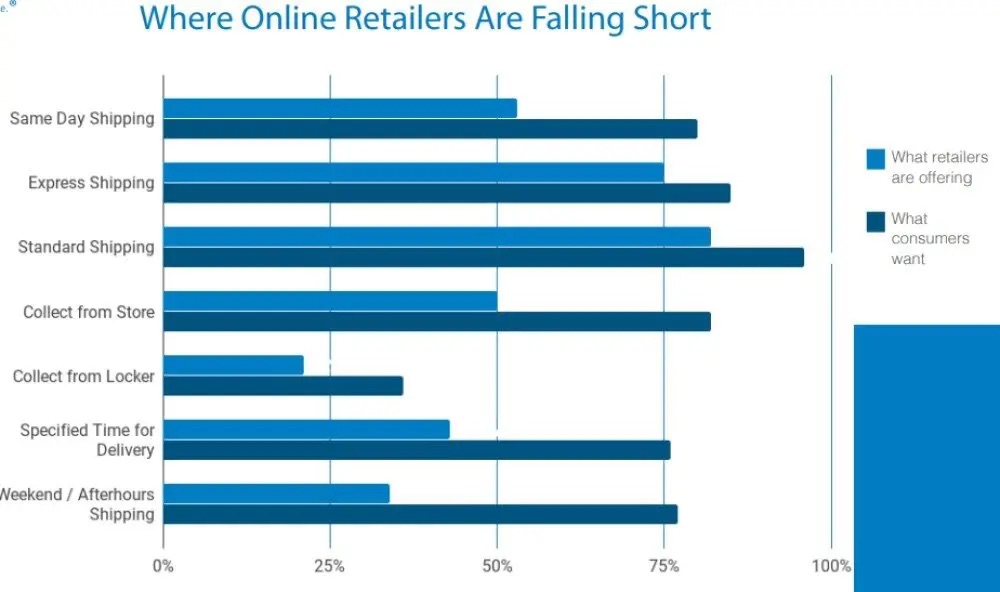What Is the Sales Order Management Process?

The sales order management process is the complete automation of the entire order lifecycle for businesses. It interlinks every stage of the order processing so that businesses have accurate location visibility of every order.
B2B platforms that are still relying on manual entries and tracking of orders are losing time and revenue. Customers demand error-free shipping with more advanced features but experience regular errors and get few features they need.
An OMS eliminates the need for any manual tracking or entries and thus minimizes human-related order errors and delays. From product sales to final shipping, every step is transparent and seamless so executives from all departments can collaborate effectively.
fabric OMS provides a comprehensive integrated solution to all stages of the order lifecycle with its cost-effective approach to quick and accurate order processing.
Sales order management is a set of actions performed by various arms of a company to process an order’s lifecycle. This process guarantees a seamless transition from order placement, order processing, inventory management, warehouse management, payment process, invoice management to shipping the products.
A streamlined and fully automated sales order management process in today’s retail is a cost-effective way to integrate all stages of each order. This process also cuts the time of the order fulfillment cycle, enabling businesses to increase the product order volume and thus their revenue. As a majority of buyers prefer to do business digitally, it’s more important than ever that digital order fulfillment happens as smoothly as possible.
[toc-embed headline=”Overview of Sales Order Management”]
Overview of Sales Order Management
In the U.S., 49% of B2B sales totaling $7.37 trillion are still processed manually. This process is not only inconvenient but also inefficient. Current data shows that each order that is manually processed takes 20 minutes to enter at an average cost of $9.05 per order. This labor-intensive process stretches the order lifecycle to an average of 45 days per order.
Because the whole process is manual, it increases the chances of human error and subsequent order delays. These problems pose a huge risk for businesses to lose future orders due to customer dissatisfaction. In fact, 44% of B2B buyers experience errors in their online orders on a regular basis, and a majority of those buyers report that those errors affect profitability by over 5%. Thus, accurate fulfillment makes a significant difference in the buyer’s bottom line.
But buyers aren’t just looking for accuracy. They also want additional features, many of which sellers are not providing. Over 75% of consumers want specified delivery times and weekend or after-hours shipping. Fewer than half of online retailers offer those features.

The result is an environment where buyer expectations in B2B markets are rising faster than sellers’ ability to fulfill. Order fulfillment needs to meet rising expectations with high accuracy and quality of service. Only then can sellers increase customer retention.
[toc-embed headline=”Use an OMS”]
Use an OMS
Sales order management systems are fully automated, highly accurate, and provide precise data. The right order management software (OMS) system ties the loose ends in the supply chain interface including suppliers, product locations, and shipping companies.
The enhanced fulfillment capabilities of an OMS lets sellers cut down on errors and complete orders faster than before. It does so by tracking orders electronically at every step, eliminating the need for error-prone manual tracking. See how an OMS helps the sales order management process.
Sales Order Management Process
The process begins with the initial quote and sales order, which provide the pricing and order details that the seller uses for the rest of the process. An OMS automatically takes the details from the quote and adds them to the sales order, reducing the likelihood of miscommunication between these steps.
Next, the order goes to inventory sourcing, where the physical item is prepared for shipment. When the item is out for delivery, the OMS tracks the item to ensure the order arrives. The tracking is transparent, giving relevant departments and consumers a clear vision of the order.
Lastly, the OMS tracks the billing process and automatically invoices the customer when the delivery is complete. If the seller needs to make changes at any stage of the above process, they can do that within the OMS.
Whenever changes are made to the order, all the relevant teams can see the updated information and respond accordingly. The result is enhanced collaboration, error-free shipping, and faster fulfillment times.

Tech advocate and writer @ fabric.